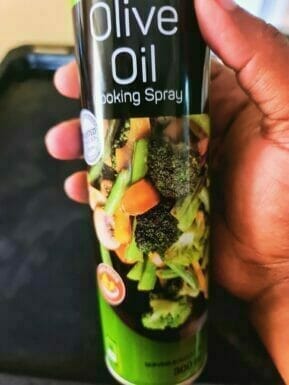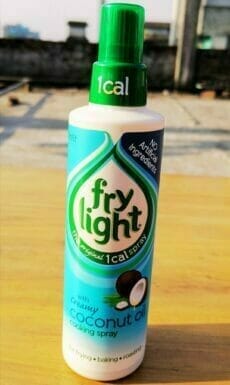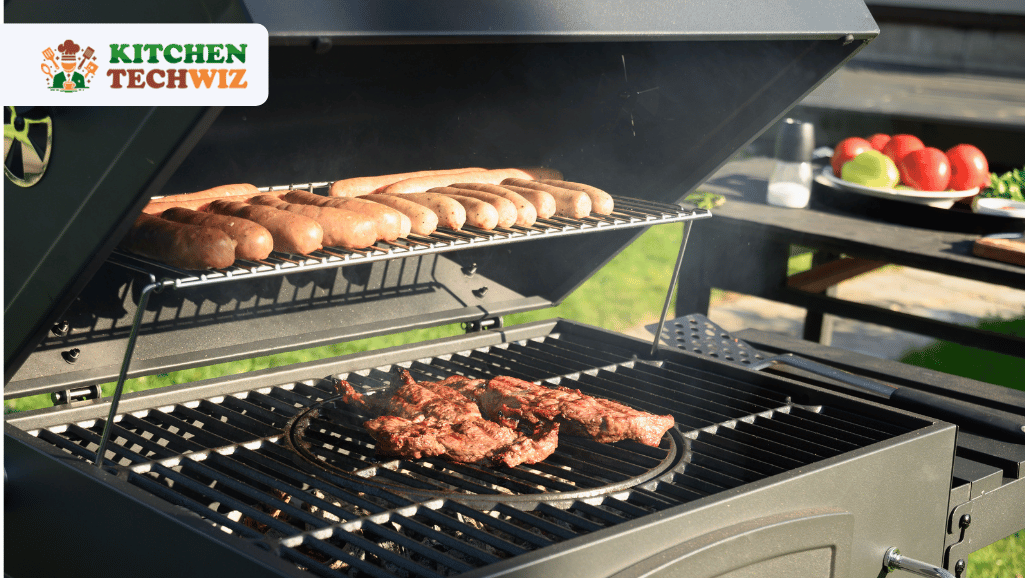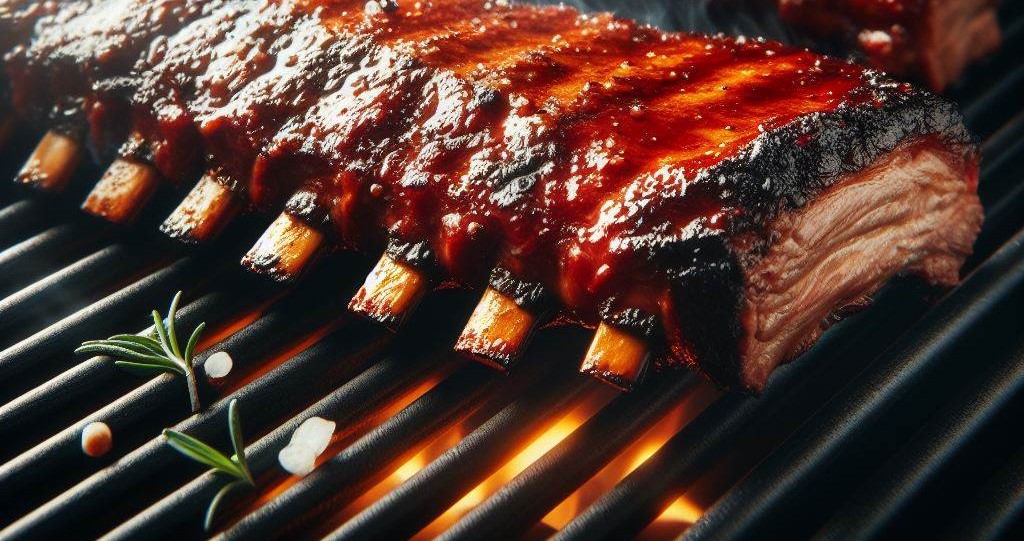Are you tired of seeing scratches on your once-pristine non-stick pan? The frustration of knowing that those tiny imperfections could be affecting the quality of your cooking can be maddening. But fear not, for there are simple and effective ways to restore your non-stick pan to its former glory. In this article, we will explore various methods and techniques on how to fix scratched non-stick pans, so you can regain your confidence in the kitchen and cook with ease once again.
Nonstick pans are a kitchen must-have. Non stick pans are a modern convenience that many of us cannot do without. They make cooking so easier because food doesn’t stick to the pan. However, they can be frustrating when scratched, and the non-stick coating starts to come off.
Fixing a Scratch Non-stick Pan
1. With a Sponge
To fix the scratches on your non-stick pan, start by filling the sink with hot water and adding dishwasher soap. Dunk the sponge in the soapy water and then rub it over the scratches on your pan. Be sure to use circular motions to get into the scrapes.
After you’ve rubbed the scratches for a minute or two, dunk the sponge in clean water and wipe it over the pan until all the soap is gone. Finally, dry out your pan with a towel.
2. Non-stick Cookware Repair Spray
After cleaning your nonstick pan, you should spray a non-stick cookware repair spray on it. It will create a thin coating that protects the nonstick surface and helps to prevent scratches. If your pan has any scratches, this spray can help to fill them in and make them less noticeable. Make sure to follow the directions on the can, and be careful not to use too much. Excess spray can make your food taste destructive and harmful if ingested.

3. Use coconut oil spray
If you do not have a nonstick spray, you can put coconut oil in a small bottle to make a spray. Coconut oil is a natural lubricant and will help fix your pan’s scratches. Spray or wipe the coconut oil onto the non-stick side of the pan and let it sit for a few minutes. If you haven’t coconut oil you can use any of cooking oil for your pan.

4. Let Heat the Pan For 30 Minutes
After spraying nonstick spray or coconut oil, hit your pan on the stove for 30 minutes at 350 degrees or room temperature. It will allow the spray to soak in and fix the scratches. After 30 minutes, notice if the coating inside the pan has dried or sticks. If everything goes well, your pan should be good as new! If not, don’t worry – repeat the process until the scratches are gone.
5. Thoroughly Wash Your Pan
After 30 minutes of heating, wash your pan thoroughly in cold water with dishwasher soap. You can also use a soft sponge if you want. After cleaning, wipe it dry with a towel and use it well. Of course, if the temperature drops to cold, then prepare for washing.
Risks of Using Scratched Non Stick Pans
There are many risks associated with using scratched non stick pans. The scratched surface can release harmful chemicals that can be dangerous when inhaled. These fumes can also cause respiratory problems and other health issues. Additionally, the scratches in the pan can harbour bacteria, which may lead to food poisoning. If you choose to use a scratched non stick pan, you may be putting your health at risk.
The coating on a nonstick pan is made of polytetrafluoroethylene (PTFE), also known as Teflon. When PTFE is scratched, it can break down and release perfluorooctanoic acid (PFOA) into your food. PFOA has been linked to health problems like cancer, thyroid disease, and reproductive issues. So you can use a non toxic nonstick frying pan for your food. These non-toxic nonstick pans are chemical-free and do not carry any health risks.
So if you have an old nonstick pan with scratches, it’s best to retire it and switch to a new one. Or, if you can do a nonstick coating on your pan, you can follow the guide above if you need help.
How to Properly Use Non-Stick Pans and Avoid Damages
Non-stick pans are a kitchen essential, but they can be delicate. Here are some tips on how to use them properly and avoid damage:
- Don’t use metal utensils on non-stick pans – this can scratch the coating and damage the pan. Use silicone, plastic, or wooden utensils instead.
- Don’t overheat your pan – this can cause the non-stick coating to peel or flake off.
- Don’t use harsh chemicals or detergents to clean your non-stick pan – this can also damage the coating. Instead, use a mild soap and water.
- Do not use a scrubber to clean your non-stick pan – this can loosen the coating. Instead, use a hot pad or cloth to clean away stuck-on food gently.
- Never Preheat an Empty Non-Stick Pan – this can cause the coating to warp and crack.
- Only Hand Wash Non-stick pans – this is the safest way to clean a non-stick pan.
The Common Problem of Scratched Non-Stick Pans
Have you ever felt frustrated by the sight of your once-pristine non-stick pan now marred by scratches and blemishes? You’re not alone. The common problem of scratched non-stick pans plagues many home cooks, leading to concerns about potential health hazards and decreased cooking performance. It’s a predicament that often leaves us wondering if there’s any hope for salvaging our beloved cookware.
The issue with scratched non-stick pans goes beyond just aesthetics; these scratches can compromise the integrity of the non-stick coating, potentially leaching harmful chemicals into our food. Additionally, they can lead to uneven heating and sticky food residue, making cooking tasks more challenging. While it may seem like a dire situation, there are effective ways to address this problem and breathe new life into your scratched non-stick pans.
Frequently asked question regarding a nonstick pan
Can the non-stick coating be repaired?
The non-stick coating can be repaired if it is scratched or damaged. All you need to do is use a non-abrasive cleaner to remove any dirt or debris from the pan’s surface. You can then use a non-stick cooking spray to help protect the surface.
Can non-stick pans be recoated?
Yes, non-stick pans can be recoated. However, it’s essential to use a quality coating and follow the manufacturer’s instructions carefully. If the pan isn’t adequately recoated, the coating may flake off and in your food.
Conclusion
Nonstick pans are a lifesaver in the kitchen. They make cooking so much easier by making it easy to slide food around and preventing sticking. Fixing a scratched nonstick pan is not difficult. However, it is crucial to take your time and do it correctly to avoid further damage. If your nonstick pan becomes scratched, its usefulness goes out the window. But don’t worry, there’s a way to fix it! In this article, we have discussed how to fix a scratched non stick pan and protect it from re-damage.
It’s clear that a scratched non-stick pan doesn’t have to be the end of its usefulness. By employing one or more of the methods discussed in this article, you can restore your pan to its former non-stick glory and continue cooking with confidence. Whether you opt for the baking soda and water paste, the vinegar and water solution, or the specialized non-stick repair spray, there are viable options for remedying this common kitchen issue.



![16 Best Tabletop Propane Gas Grills 2024: [Also Charcoal & Electric]](https://kitchentechwiz.com/wp-content/uploads/2021/04/Best-Tabletop-Propane-Grill-1.jpg)

Leave a Reply